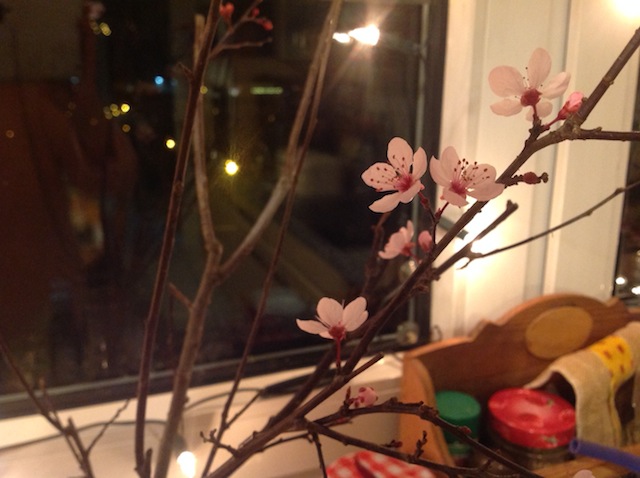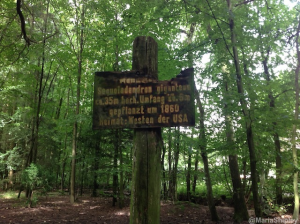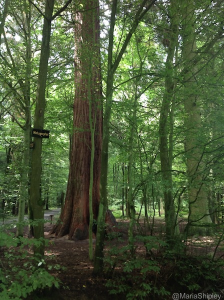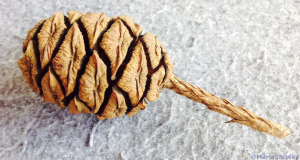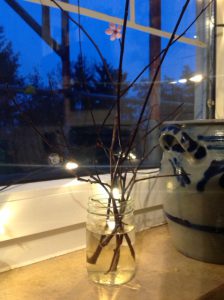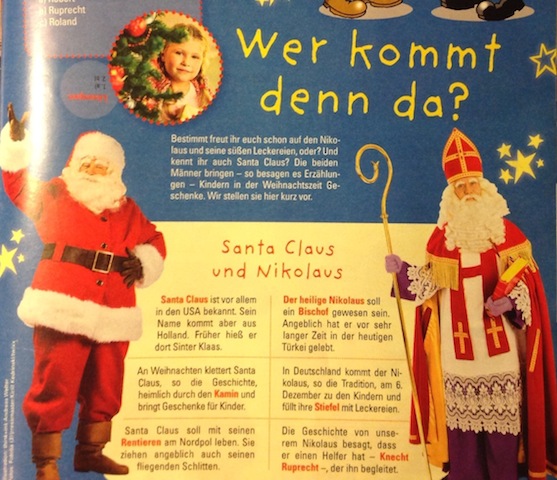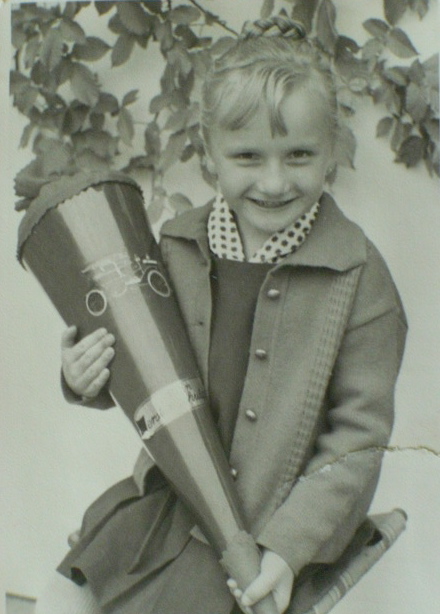This year, I was able to get my Barbarazweige right on St. Barbara Day: 4 December.
Our neighbor always lets me cut off a few twigs of the same tree in his garden, and I’ve just learned it’s actually a copper beech.
Unfortunately, he said the tree was starting to rot, and he had to trim it just before I came over. I like to recycle, so I picked my twigs right from his green waste bin.
The blossoms are doing really well, and they like the warm spot in the kitchen.
Lesson learned: In a warm kitchen, you can bring fallen twigs from almost any deciduous tree to a bloom.
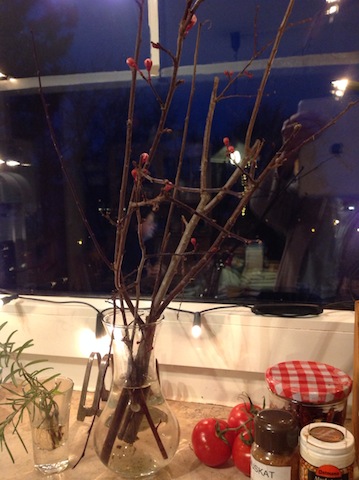
You can learn more about the origin of this tradition on Gardena.
Edit: Some blossomed this very morning on 17 Dec 2018! They are supposed to come into bloom on Christmas.
